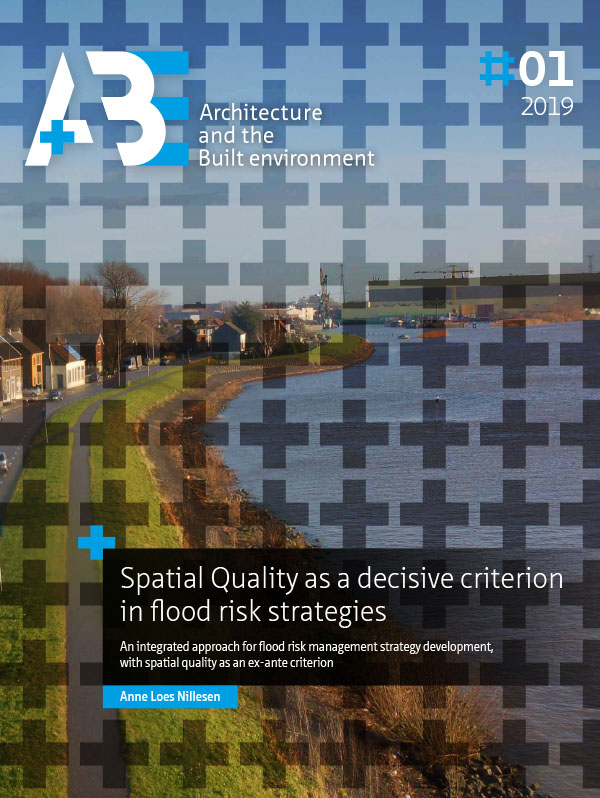Conclusions
DOI:
https://doi.org/10.7480/abe.2019.1.3745Abstract
Is it possible to define an integrated method for strategic flood risk management and spatial quality enhancement, in which spatial quality is a decisive ex-ante criterion, and what would be the key elements and steps in such a method? This constitutes the primary research question.
The publications that together form this dissertation describe such a method and thus provide a positive answer to the primary research question. A key principle in the approach is the inclusion of multiple interchangeable (effective) flood risk reduction interventions at varying locations, so that the criteria of spatial quality can become decisive in flood risk management strategy development.
The ability to assess the impact of different interventions on spatial quality is essential. In order to do so, an assessment framework was developed; it combines the approach of a spatial quality criteria checklist with expert judgement. The checklist supports expert judgement in that it keeps a wide, open perspective while assessing the spatial quality of a conceptual intervention, and thus allows verifiable and reproducible assessments.
The method developed employs research-by-design to systematically test different interventions at different locations. It includes the following steps:
- An inventory of current and potential flood risk protection strategies
- An inventory of a region’s spatial characteristics, challenges, and potentials
- A qualitative assessment of existing situations and a spatial impact assessment of reference flood risk strategies, if any exist
- Systematic research on how flood risk management interventions at different scales can shift the location of a flood risk intervention; this includes qualitative assessments of interventions at various locations
- Systematic research on how flood risk management interventions in different flood risk layers can shift the location of a flood risk assignment; this includes qualitative assessments of interventions at various locations
- Selection of a combination of interventions that are preferred from a spatial quality objective

